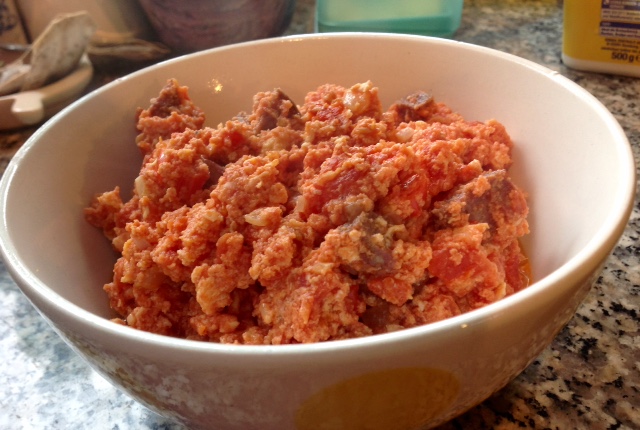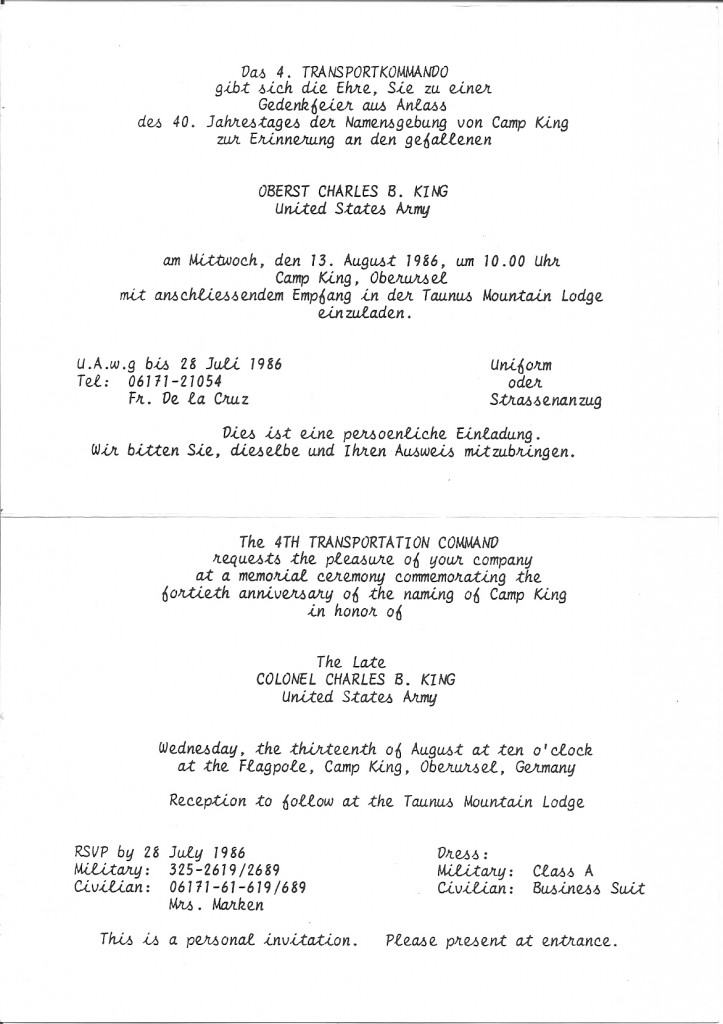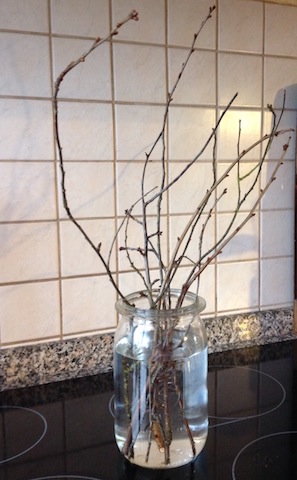Organic waste is Biomüll in German, and since January 2015, we here in Hessen, have to separate our organic waste from the Restmüll (general waste).
General waste contained about 50% of organic waste, which is about 5000 tons of such. This also means in terms of truckload numbers, that those extra 500 organic waste loads used to get taken to the incineration plant at a higher cost. To compare the cost – burning 1000 kg Restmüll costs euro 240, whereas 1000 kg of recycling organic waste costs only euro 60.
What is Biomüll for the good German and law-abiding, trash-sorting citizen? Here is a comprehensive list of what goes into the brown Biotonne (organic-waste container). This list was taken from our local newspaper (issue: September 2014)
- Leftover and spoiled food
- Moldy bread
- Dairy products
- Meat and fish
- Bones
- Hair, feathers, wood shavings
- Produce (including exotic fruits and peelings)
- Horticultural waste and trimmings such as grass, tree, bush, as well as flowers, weeds, dead leaves, needles, bark, fallen fruits
- Tea leaves and coffee grounds incl. paper filters
- Flower bouquets
- Decorative plants
- Old soil
- Paper towels and paper napkins
- Nut and egg shells
You can buy biodegradable paper bags or wrap your organic waste in old newspapers to dispose of it.

Organic Waste containers in Germany
At the moment, our apartment building of 8 families only really makes use of one container. When we inquired, whether we could return one container, we were told we would be charged even more for the pick-up.
That kind of budgeting is waste, too.









